Daniel W.W. Biostatistics: A Foundation for Analysis in the Health Sciences
Подождите немного. Документ загружается.

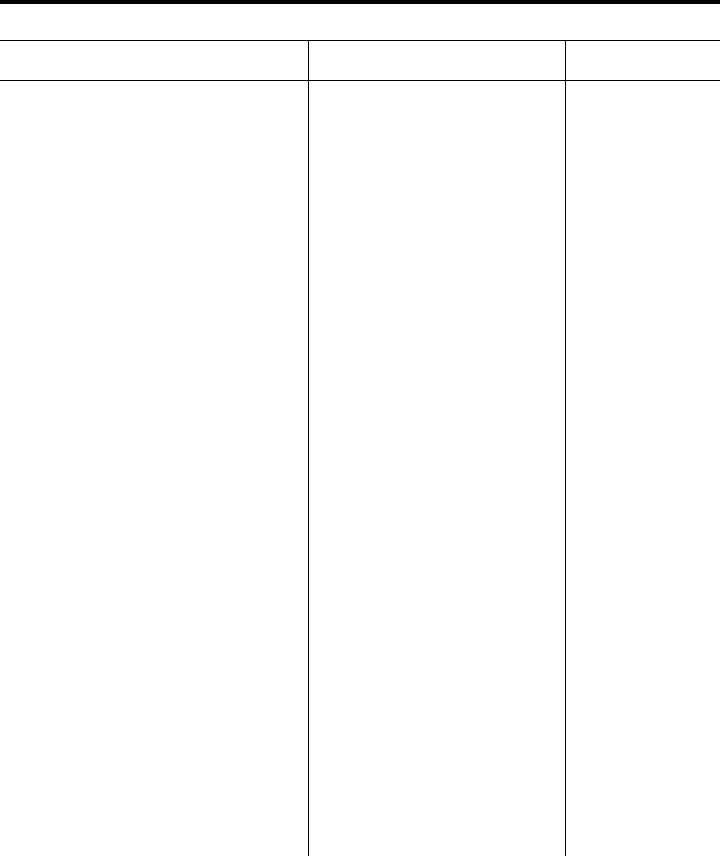
8. The subjects of a study by J. Jose and S. R. Ell (A-13) were 303 healthy volunteers who self-
assessed their own nasal flow status by indicating whether their nasal airway was (1) totally
clear, (2) not very clear, (3) very blocked, or (4) totally blocked. Following the self-assessment,
an In-Check meter was used to measure peak inspiratory nasal flow rate (PINFR, L/min). Data
on 175 subjects in three of the self-assessment categories are displayed in the following table.
The authors performed a Kruskal–Wallis test to determine if these data provide sufficient evi-
dence to indicate a difference in population centers of PINFR among these three response groups.
Let What is the test statistic value for this test?
Peak Inspiratory Nasal Flow Rate (L/min)
Totally Clear Not Very Clear Partially Blocked
180 105 150 120 160 190 130 100
150 150 110 95 200 95 110 100
200 240 130 140 70 130 110 100
130 120 100 135 75 240 130 105
200 90 170 100 150 180 125 95
120 135 80 130 80 140 100 85
150 110 125 180 130 150 230 50
150 155 115 155 160 130 110 105
160 105 140 130 180 90 270 200
150 140 140 140 90 115 180
110 200 95 120 180 130 130
190 170 110 290 140 210 125
150 150 160 170 230 190 90
120 120 90 280 220 135 210
180 170 135 150 130 130 140
140 200 110 185 180 210 125
130 160 130 150 140 90 210
230 180 170 150 140 125 120
200 170 130 170 120 140 115
140 160 115 210 140 160 100
150 150 145 140 150 230 130
170 100 130 140 190 100 130
180 100 170 160 210 120 110
160 180 160 120 130 120 150
200 130 90 230 190 150 110
90 200 110 100 220 110 90
130 120 130 190 160 150 120
140 145 130 90 105 130 115
200 130 120 100 120 150 140
220 100 130 125 140 130 130
200 130 180 180 130 145 160
120 160 140 200 115 160 110
310 125 175 160 115 120 165
160 100 185 170 100 220 120
115 140 190 85 150 145 150
a = .01.
REVIEW QUESTIONS AND EXERCISES 747
(Continued)
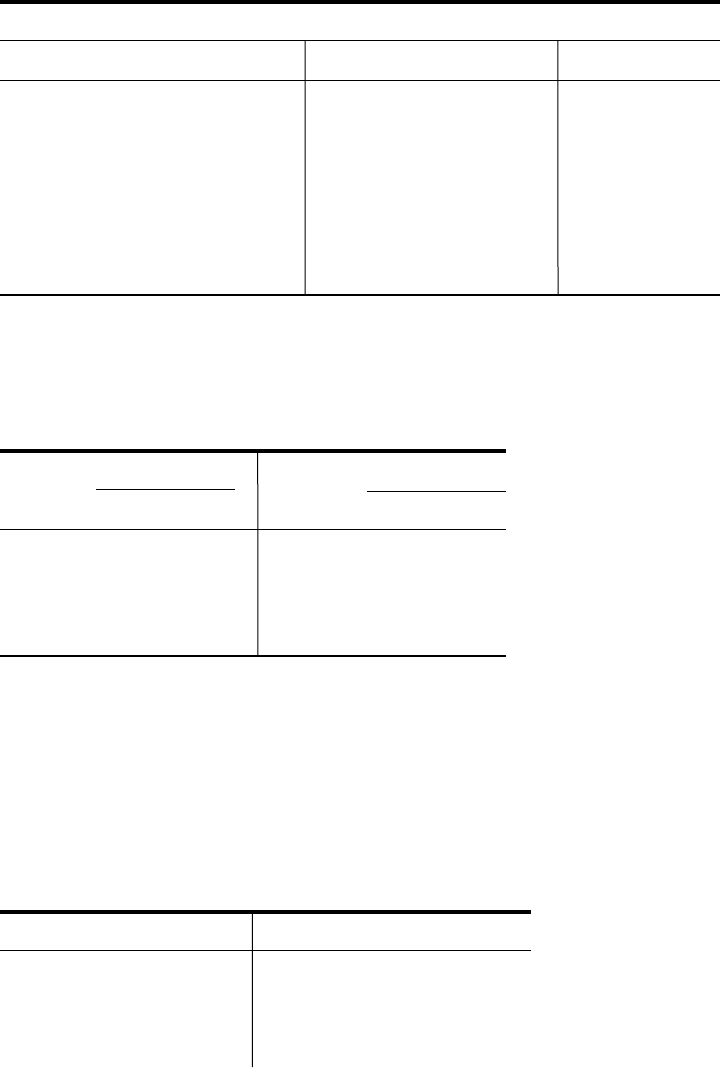
Peak Inspiratory Nasal Flow Rate (L/min)
Totally Clear Not Very Clear Partially Blocked
170 185 130 150 130 150 170
130 180 160 280 130 120 110
220 115 160 140 170 155 120
250 260 130 100 130 100 85
160 160 135 140 145 140
130 170 130 90
130 115 120 190
150 150 190 130
160 130 170
Source: J. Jose, MS, FRCS. Used with permission.
9. Ten subjects with bronchial asthma participated in an experiment to evaluate the relative effective-
ness of three drugs. The following table shows the change in (forced expired volume in 1
second) values (expressed as liters) 2 hours after drug administration:
Drug Drug
Subject A B C Subject A B C
1 .00 .13 .26 6 .03 .18 .25
2 .04 .17 .23 7 .05 .21 .32
3 .02 .20 .21 8 .02 .23 .38
4 .02 .27 .19 9 .00 .24 .30
5 .04 .11 .36 10 .12 .08 .30
Are these data sufficient to indicate a difference in drug effectiveness? Let What is the
p value for this test?
10. One facet of the nursing curriculum at Wright State University requires that students use mathe-
matics to perform appropriate dosage calculations. In a study by Wendy Gantt (A-14), undergrad-
uate nursing students were given a standardized mathematics test to determine their mathematical
aptitude (scale: 0–100). The students were divided into two groups: traditional college age (18–24
years, 26 observations) and nontraditional ( eight observations). Scores on the mathematics
test appear in the following table:
Traditional Students’ Scores Nontraditional Students’ Scores
70688 77
57 79 68 72
85 14 88 54
55 82 92 87
87 45 85 85
25+,
a = .05.
FEV
1
748 CHAPTER 13 NONPARAMETRIC AND DISTRIBUTION-FREE STATISTICS
(Continued)

Traditional Students’ Scores Nontraditional Students’ Scores
84 57 56 62
56 91 31 77
68 76 80 86
94 60
Source: Wendy Gantt and the Wright State University Statistical Consulting Center. Used with permission.
Do these data provide sufficient evidence to indicate a difference in population medians? Let
What is the p value for this test? Use both the median test and the Mann–Whitney test and compare
the results.
11. The following are the PaCO
2
(mm Hg) values in 16 patients with bronchopulmonary disease:
39, 40, 45, 48, 49, 56, 60, 75, 42, 48, 32, 37, 32, 33, 33, 36
Use the Kolmogorov–Smirnov test to test the null hypothesis that PaCO
2
values in the sampled
population are normally distributed with and
12. The following table shows the caloric intake (cal/day/kg) and oxygen consumption VO
2
(ml/min/kg)
in 10 infants:
Calorie Calorie
Intake (X)VO
2
(Y) Intake (X)VO
2
(Y)
50 7.0 100 10.8
70 8.0 150 12.0
90 10.5 110 10.0
120 11.0 75 9.5
40 9.0 160 11.9
Test the null hypothesis that the two variables are mutually independent against the alternative that
they are directly related. Let What is the p value for this test?
13. Mary White (A-15) surveyed physicians to measure their opinions regarding the importance of
ethics in medical practice. The measurement tool utilized a scale from 1 to 5 in which a higher
value indicated higher opinion of the importance of ethics. The ages and scores of the study sub-
jects are shown in the following table. Can one conclude on the basis of these results that age and
ethics score are directly related? Let the probability of committing a type I error be .05. What is
the p value?
Age Ethics Age Ethics Age Ethics
25 4.00 26 4.50 26 4.50
34 4.00 29 4.75 27 5.00
30 4.25 30 4.25 22 3.75
31 3.50 26 4.50 22 4.25
25 4.75 30 4.25 24 4.50
a = .05.
s = 12.m = 44
a = .05.
REVIEW QUESTIONS AND EXERCISES 749
(Continued)
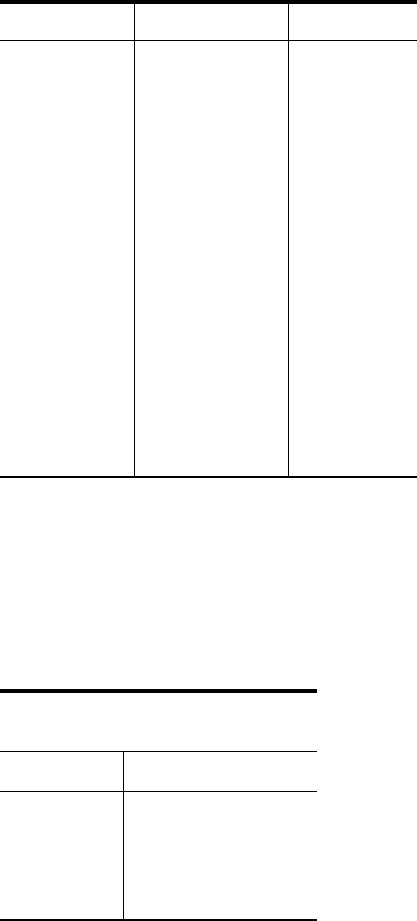
Age Ethics Age Ethics Age Ethics
25 3.75 25 3.75 22 4.25
25 4.75 24 4.75 24 3.75
29 4.50 24 4.00 38 4.50
29 4.50 25 4.50 22 4.50
26 3.75 25 4.00 22 4.50
25 3.25 26 4.75 25 4.00
29 4.50 34 3.25 23 3.75
27 3.75 23 4.50 22 4.25
29 4.25 26 3.25 23 4.00
25 3.75 23 5.00 22 4.25
25 4.50 24 4.25 25 3.50
25 4.00 45 3.25 26 4.25
26 4.25 23 3.75 25 4.25
26 4.00 25 3.75 27 4.75
24 4.00 25 3.75 23 3.75
25 4.00 23 3.75 22 4.00
22 3.75 23 4.75 26 4.75
26 4.50 26 4.00 22 4.25
23 4.00
14. Dominic Sprott (A-16) conducted an experiment with rabbits in which the outcome variable was
the fatty infiltration in the shoulder mass (PFI, measured as a percent). At baseline, 15 rabbits had
a randomly chosen shoulder muscle detached. The shoulder was then reattached. Six weeks later,
five randomly chosen rabbits were sacrificed and the differences in the PFI between the reattached
shoulder and the nondetached shoulder were recorded (group A). Six months later, the 10 remain-
ing rabbits were sacrificed and again the differences in the PFI between the reattached shoulder
and the nondetached shoulder were recorded (group B).
Percent Fatty Infiltration Difference
(Nondetached–Reattached)
Group A Group B
2.55 1.04 1.38
0.9 3.29 0.75
0.2 0.99 0.36
0.29 1.79 0.74
1.11 0.85 0.3
Can we conclude, at the .05 level of significance, that the treatments have a differential effect on
PFI between the two shoulder muscles? What is the p value for the test?
In each of the Exercises 15 through 29, do one or more of the following that you think are
appropriate:
(a) Apply one or more of the techniques discussed in this chapter.
(b) Apply one or more of the techniques discussed in previous chapters.
750 CHAPTER 13 NONPARAMETRIC AND DISTRIBUTION-FREE STATISTICS
Source: Mary White, Ph.D. and Wright
State University Statistical Consulting
Center. Used with permission.
Source: Dominic Sprott, M.D. and the Wright
State University Statistical Consulting Center.
Used with permission.
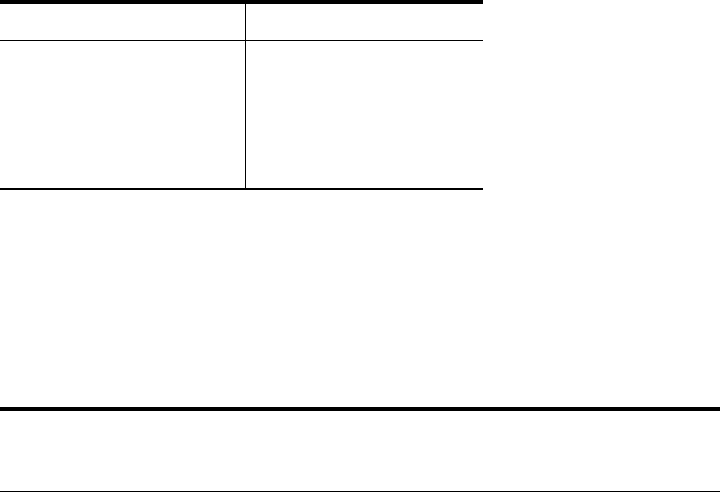
(c) Formulate relevant hypotheses, perform the appropriate tests, and find p values.
(d) State the statistical decisions and clinical conclusions that the results of your hypothesis tests
justify.
(e) Describe the population(s) to which you think your inferences are applicable.
(f) State the assumptions necessary for the validity of your analyses.
15. The purpose of a study by Damm et al. (A-17) was to investigate insulin sensitivity and insulin secre-
tion in women with previous gestational diabetes (GDM). Subjects were 12 normal-weight glucose-
tolerant women (mean age, 36.6 years; standard deviation, 4.16) with previous gestational diabetes
and 11 controls (mean age, 35 years; standard deviation, 3.3). Among the data collected were the
following fasting plasma insulin values (mmol/L). Use the Mann–Whitney test to determine if you
can conclude on the basis of these data that the two populations represented differ with respect to
average fasting plasma insulin level.
Controls Previous GDM Controls Previous GDM
46.25 30.00 40.00 31.25
40.00 41.25 30.00 56.25
31.25 56.25 51.25 61.25
38.75 45.00 32.50 50.00
41.25 46.25 43.75 53.75
38.75 46.25 62.50
Source: Dr. Peter Damm. Used with permission.
16. Gutin et al. (A-18) compared three measures of body composition, including dual-energy x-ray
absorptiometry (DXA). Subjects were apparently healthy children (21 boys and 22 girls) between
the ages of 9 and 11 years. Among the data collected were the following measurements of body-
composition compartments by DXA. The investigators were interested in the correlation between
all possible pairs of these variables.
Bone Fat-Free
Fat-Free Mineral Soft
Percent Fat Fat Mass Mass Content Tissue
11.35 3.8314 29.9440 1.19745 28.7465
22.90 6.4398 21.6805 0.79250 20.8880
12.70 4.0072 27.6290 0.95620 26.6728
42.20 24.0329 32.9164 1.45740 31.4590
24.85 9.4303 28.5009 1.32505 27.1758
26.25 9.4292 26.4344 1.17412 25.2603
23.80 8.4171 26.9938 1.11230 25.8815
37.40 20.2313 33.8573 1.40790 32.4494
14.00 3.9892 24.4939 0.95505 23.5388
19.35 7.2981 30.3707 1.45545 28.9153
29.35 11.1863 26.8933 1.17775 25.7156
REVIEW QUESTIONS AND EXERCISES 751
(Continued)

Bone Fat-Free
Fat-Free Mineral Soft
Percent Fat Fat Mass Mass Content Tissue
18.05 5.8449 26.5341 1.13820 25.3959
13.95 4.6777 28.9144 1.23730 27.6771
32.85 13.2474 27.0849 1.17515 25.9097
11.40 3.7912 29.5245 1.42780 28.0967
9.60 3.2831 30.8228 1.14840 29.6744
20.90 7.2277 27.3302 1.24890 26.0813
44.70 25.7246 31.8461 1.51800 30.3281
17.10 5.1219 24.8233 0.84985 23.9734
16.50 5.0749 25.7040 1.09240 24.6116
14.35 5.0341 30.0228 1.40080 28.6220
15.45 4.8695 26.6403 1.07285 25.5674
28.15 10.6715 27.2746 1.24320 26.0314
18.35 5.3847 23.9875 0.94965 23.0379
15.10 5.6724 31.9637 1.32300 30.6407
37.75 25.8342 42.6004 1.88340 40.7170
39.05 19.6950 30.7579 1.50540 29.2525
22.25 7.2755 25.4560 0.88025 24.5757
15.50 4.4964 24.4888 0.96500 23.5238
14.10 4.3088 26.2401 1.17000 25.0701
26.65 11.3263 31.2088 1.48685 29.7219
20.25 8.0265 31.5657 1.50715 30.0586
23.55 10.1197 32.8385 1.34090 31.4976
46.65 24.7954 28.3651 1.22575 27.1394
30.55 10.0462 22.8647 1.01055 21.8541
26.80 9.5499 26.0645 1.05615 25.0083
28.10 9.4096 24.1042 0.97540 23.1288
24.55 14.5113 44.6181 2.17690 42.4412
17.85 6.6987 30.8043 1.23525 29.5690
20.90 6.5967 24.9693 0.97875 23.9905
33.00 12.3689 25.1049 0.96725 24.1377
44.00 26.1997 33.3471 1.42985 31.9172
19.00 5.0785 21.6926 0.78090 20.9117
Source: Dr. Mark Litaker. Used with permission.
17. The concern of a study by Crim et al. (A-19) was the potential role of flow cytometric analysis of
bronchoalveolar lavage fluid (BALF) in diagnosing acute lung rejection. The investigators note that
previous studies suggested an association of acute lung rejection with increases in CD8 lympho-
cytes, and increased expression of human lymphocyte antigen (HLA)-DR antigen and interleukin-2
receptor (IL-2R). Subjects consisted of lung transplant (LT) recipients who had no histologic evi-
dence of rejection or infection, normal human volunteers (NORM), healthy heart transplant (HT)
recipient volunteers, and lung transplant recipients who were experiencing acute lung rejection (AR).
Among the data collected were the following percentages of BALF CD8 lymphocytes that also
express IL-2R observed in the four groups of subjects.
+
752 CHAPTER 13 NONPARAMETRIC AND DISTRIBUTION-FREE STATISTICS
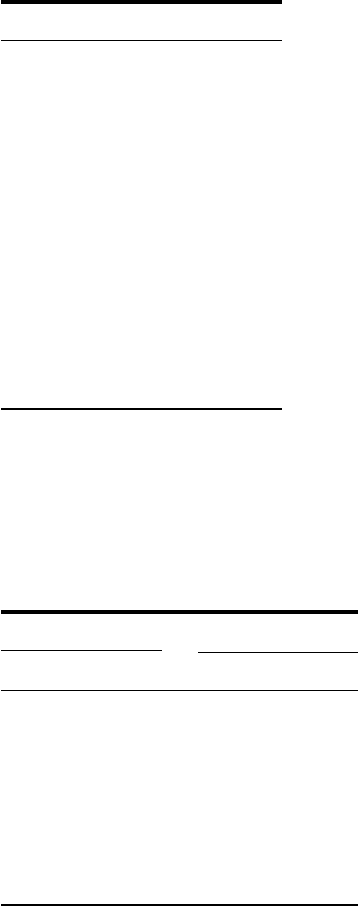
Norm HT LT AR
001612
20060
15589
040167
060242
20556
3 0 18 3 14
0422210
082103
18800
080
731
241
540
118 0
04
18. Ichinose et al. (A-20) studied the involvement of endogenous tachykinins in exercise-induced air-
way narrowing in patients with asthma by means of a selective neurokinin 1-receptor antagonist,
FK-888. Nine subjects (eight male, one female) ages 18 to 43 years with at least a 40 percent fall
in the specific airway conductance participated in the study. The following are the oxygen con-
sumption (ml/min) data for the subjects at rest and during exercise while under treatment with a
placebo and FK-888:
Placebo FK-888
At Rest Exercise At Rest Exercise
303 2578 255 2406
288 2452 348 2214
285 2768 383 3134
280 2356 328 2536
295 2112 321 1942
270 2716 234 2652
274 2614 387 2824
185 1524 198 1448
364 2538 312 2454
19. Transforming growth factor (TGF ), according to Tomiya and Fujiwara (A-21), is alleged to
play a role in malignant progression as well as normal cell growth in an autocrine manner, and its
serum levels have been reported to increase during this progression. The present investigators have
developed an enzyme-linked immunosorbent assay (ELISA) for measuring serum TGF levels in
the diagnosis of hepatocellular carcinoma (HCC) complicating cirrhosis. In a study in which they
evaluated the significance of serum TGF levels for diagnostic purposes, they collected thea
a
aa
REVIEW QUESTIONS AND EXERCISES 753
Source: Dr. Courtney Crim.
Used with permission.
Source: Dr. Kunio Shirato.
Used with permission.
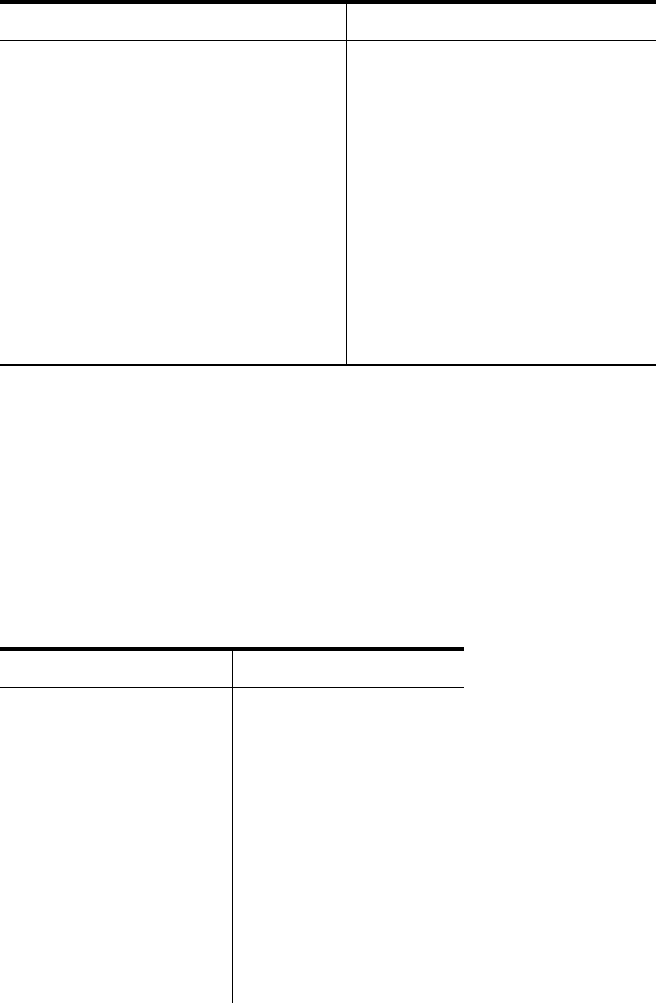
following measurements on the liver function tests, TGF (pg/ml), and serum -fetoprotein (AFP)
(ng/ml) from HCC patients:
TGF AFP TGF AFP TGF AFP TGF AFP
32.0 12866 44.0 23077 100.0 479 15.0 921
65.9 9 75.0 371 12.0 47 34.0 118
25.0 124.3 36.0 291 32.0 177 100.0 6.2
30.0 9 65.0 700 98.0 9 26.0 19
22.0 610 44.0 40 20.0 1063 53.0 594
40.0 238 56.0 9538 20.0 21 140.0 10
52.0 153 34.0 19 9.0 206 24.0 292
28.0 23 300.0 11 58.0 32 20.0 11
11.0 28 39.0 42246 39.0 628 35.0 37
45.0 240 82.0 12571 52.0 35
29.0 66 85.0 20 50.0 742
45.0 83 24.0 29 95.0 10
21.0 4 40.0 310 18.0 291
38.0 214 9.0 19
Source: Dr. Kenji Fujiwara. Used with permission.
20. The objective of a study by Sakhaee et al. (A-22) was to ascertain body content of aluminum (A1)
noninvasively using the increment in serum and urinary Al following the intravenous administration
of deferoxamine (DFO) in patients with kidney stones and osteoporotic women undergoing long-term
treatment with potassium citrate or tricalcium dicitrate respectively. Subjects con-
sisted of 10 patients with calcium nephrolithiasis and five patients with osteoporosis who were main-
tained on potassium citrate or calcium citrate for 2–8 years, respectively, plus 16 normal volunteers
without a history of regular aluminum-containing antacid use. Among the data collected were the fol-
lowing 24-hour urinary aluminum excretion measurements ( g/day) before (PRE) and after (POST)
2-hour infusion of DFO.
Group PRE POST Group PRE POST
Control 41.04 135.00 Control 9.39 12.32
Control 70.00 95.20 Control 10.72 13.42
Control 42.60 74.00 Control 16.48 17.40
Control 15.48 42.24 Control 10.20 14.20
Control 26.90 104.30 Control 11.40 20.32
Control 16.32 66.90 Control 8.16 12.80
Control 12.80 10.68 Control 14.80 62.00
Control 68.88 46.48 Patient 15.20 27.15
Control 25.50 73.80 Patient 8.70 38.72
Patient 0.00 14.16 Patient 5.52 7.84
Patient 2.00 20.72 Patient 13.28 31.70
Patient 4.89 15.72 Patient 3.26 17.04
Patient 25.90 52.40 Patient 29.92 151.36
Patient 19.35 35.70 Patient 15.00 61.38
m
1Ca
3
Cit
2
2,1K
3
Cit2
AAAA
aa
754 CHAPTER 13 NONPARAMETRIC AND DISTRIBUTION-FREE STATISTICS
(Continued)
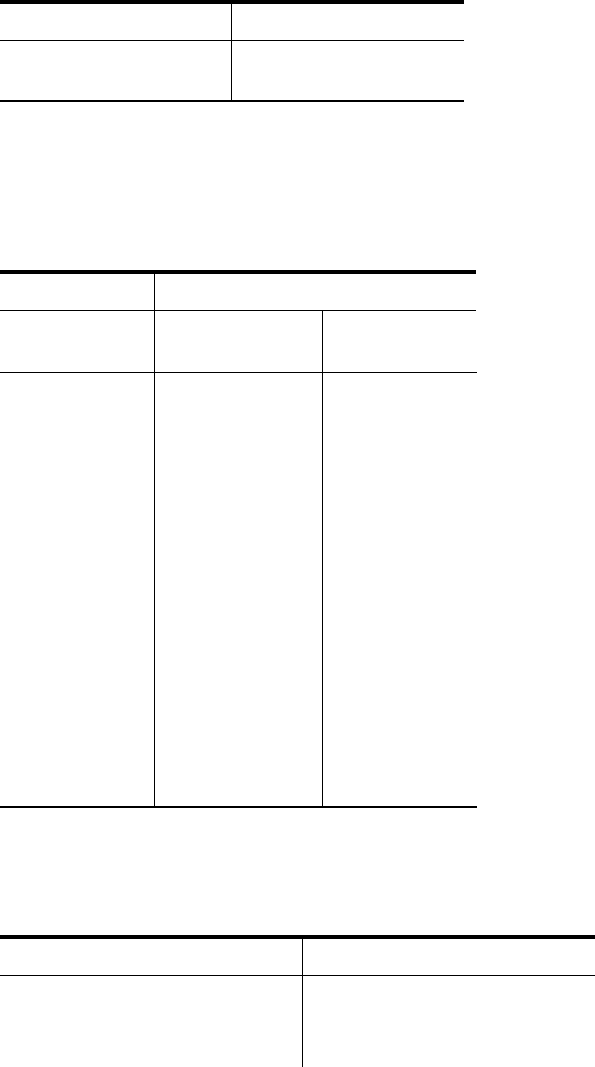
Group PRE POST Group PRE POST
Patient 4.88 70.20 Patient 36.80 142.45
Patient 42.75 86.25
Source: Dr. Khashayar Sakhaee. Used with permission.
21. The purpose of a study by Dubuis et al. (A-23) was to determine whether neuropsychological deficit
of children with the severe form of congenital hypothyroidism can be avoided by earlier onset of
therapy and higher doses of levothyroxine. Subjects consisted of 10 infants (ages 3 to 24 days) with
severe and 35 infants (ages 2 to 10 days) with moderate congenital hypothyroidism. Among the
data collected were the following measurements on plasma (nmol/L) levels at screening:
Severe Cases Moderate Cases
Sex (nmol/L) Sex (nmol/L) Sex (nmol/L)
M 16 F 20 F 62
M 57 F 34 M 50
M 40 F 188 F 40
F 50 F 69 F 116
F 57 F 162 F 80
F 38 F 148 F 97
F 51 F 108 F 51
F 38 F 54 F 84
M*F96F51
F 60 M 76 F 94
M 122 M 158
M43F *
F40M47
F 29 M 143
F 83 M 128
F 62 M 112
M 111
F84
M55
22. Kuna et al. (A-24) conducted a study concerned with chemokines in seasonal allergic rhinitis. Sub-
jects included 18 atopic individuals with seasonal allergic rhinitis caused by ragweed pollen.
Among the data collected on these subjects were the following eosinophil cationic protein (ECP)
and histamine measurements:
ECP (ng/ml) Histamine (ng/ml) ECP (ng/ml) Histamine (ng/ml)
511.0 31.2 25.3 5.6
388.0 106.0 31.1 62.7
14.1 37.0 325.0 138.0
314.0 90.0 437.0 116.0
T
4
T
4
T
4
T
4
REVIEW QUESTIONS AND EXERCISES 755
(Continued)
Missing data.
Source: Dr. Guy Van Vliet.
Used with permission.
*
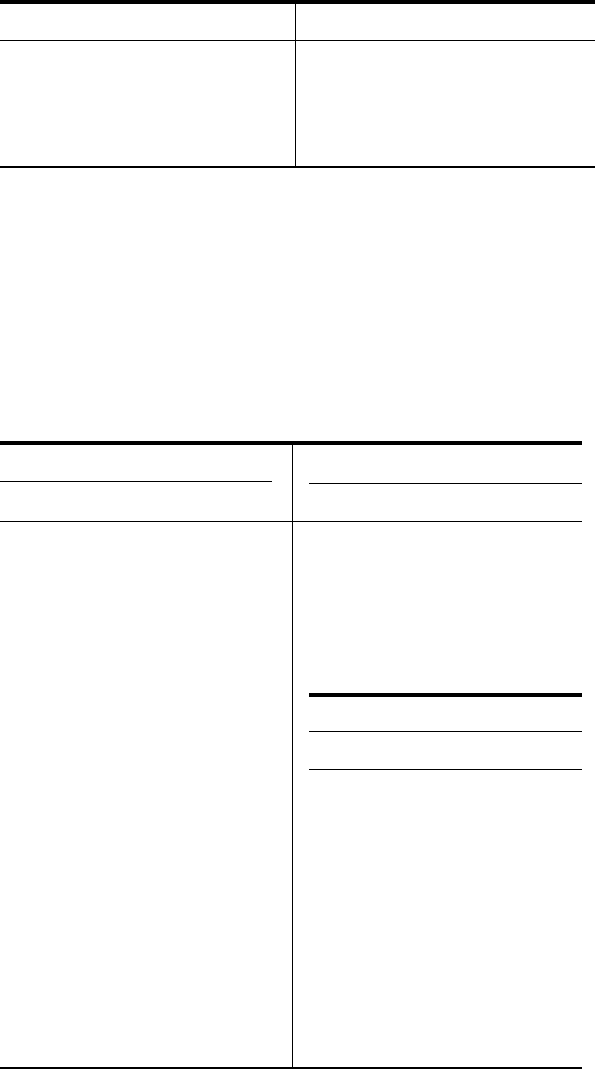
14 158 182 179 34 181 182 208
15 184 177 182 35 191 230 208
16 223 244 234 36 248 284 279
17 154 178 187 37 224 228 199
18 176 137 162 38 229 318 272
19 205 253 288 39 147 199 194
20 167 156 136 40 248 258 302
21 164 176 191 41 160 218 229
22 177 168 185 42 175 187 166
23 140 175 167 43 262 260 247
24 167 186 195 44 189 199 181
Source: Dr. Chee Jeong Kim. Used with permission.
ECP (ng/ml) Histamine (ng/ml) ECP (ng/ml) Histamine (ng/ml)
74.1 29.0 277.0 70.6
8.8 87.0 602.0 184.0
144.0 45.0 33.0 8.6
56.0 151.8 661.0 264.0
205.0 86.0 162.0 92.0
Source: Dr. Allen P. Kaplan. Used with permission.
23. The purpose of a study by Kim et al. (A-25) was to investigate the serial changes in Lp(a) lipopro-
tein levels with the loss of female sex hormones by surgical menopause and with estrogen
replacement therapy in the same women. Subjects were 44 premenopausal women who underwent
a transabdominal hysterectomy (TAH). Thirty-one of the women had a TAH and unilateral salp-
ingo-oophorectomy (USO), and 13 had a TAH and bilateral salpingo-oophorectomy (BSO). The
women ranged in age from 30 to 53 years. Subjects in the BSO group received .625 mg of con-
jugated equine estrogen daily 2 months after the operation. The following were the subjects’ total
cholesterol levels before (TC0), 2 months after (TC2), and 4 months after (TC4) the surgical pro-
cedure and hormone replacement therapy.
USO USO
Subject TC0 TC2 TC4 Subject TC0 TC2 TC4
1 202 203 196 25 134 131 135
2 204 183 203 26 163 190 185
3 206 199 192 27 196 183 192
4 166 180 176 28 181 194 208
5 150 171 154 29 160 162 181
6 137 134 129 30 188 200 181
7 164 168 171 31 172 188 189
8 207 249 223
BSO
9 126 121 140
Subject TC0 TC2 TC4
10 131 141 167
32 224 218 239
11 133 159 149
33 202 196 231
12 142 152 140
13 225 193 180
756 CHAPTER 13 NONPARAMETRIC AND DISTRIBUTION-FREE STATISTICS
